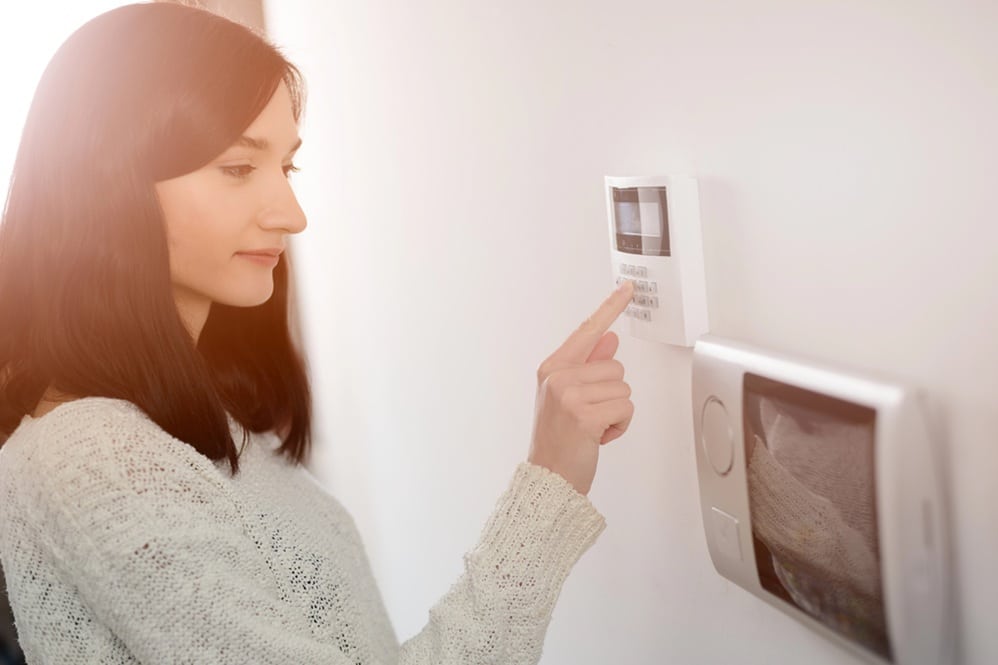For Hamilton homeowners, getting home security right is more than just ticking a box. As the city expands and suburban developments grow, residential break-ins and trespassing are becoming more frequent. A reliable home alarm system is one of the most effective ways to reduce your vulnerability, but choosing the wrong system can do more harm than good.
Too often, homeowners are swayed by flashy marketing or the appeal of a quick DIY fix. But good security planning involves more than sticking sensors to a few windows. This guide unpacks the most common traps people fall into when choosing a home alarm, and how to avoid them by thinking practically, not impulsively.
Key Takeaways
- Home alarm systems should be tailored to your property’s layout, daily habits, and risks.
- Cheap systems often skimp on important features like tamper protection, signal backup, or proper zoning.
- DIY alarm setups tend to miss blind spots or create false alerts due to poor calibration.
- Local support makes all the difference in emergencies or maintenance situations.
- Without active monitoring, your alarm is just noise. Real security needs a response pathway.
The Price-First Trap: What a Bargain Might Really Cost
Budget kits at the local hardware store might look like a smart buy, but the real cost becomes obvious when things go wrong. These entry-level systems often come with weak sensors, clunky controls, and little to no customer support. Worse still, they may not even detect a break-in properly due to poor sensitivity or bad placement.
Instead of starting with price, start with your risk exposure. How valuable is peace of mind when you’re away from home or asleep at night? Professional-grade systems may come with a higher upfront cost, but they pay off in reliability, accuracy, and longer service life. Think of it as the difference between a toy lock and a vault door.
Overlooking the Unique Layout of Your Property
No two Hamilton homes are the same. Townhouses, bungalows, lifestyle blocks—they all have unique access points and vulnerabilities. One of the most common mistakes is treating alarm systems as one-size-fits-all.
A well-designed system starts with a walkthrough. Where are your blind spots? Do you have older windows or sliding doors? Is your garage connected or detached? A tailored plan ensures sensors are placed where they’re actually needed, not just where the manual suggests. Done right, it prevents nuisance alerts and gaps in coverage.
Why DIY Alarms Often Miss the Mark
DIY alarm kits are marketed as easy and affordable. But many of them are poorly suited to the real-world layout of New Zealand homes. From loose Wi-Fi connections to improperly mounted sensors, the issues stack up fast.
Getting alarm placement right takes more than trial and error. It takes understanding interference from building materials, adjusting sensitivity for pets, and syncing zones to match daily routines. Professional installers bring that level of insight. They know how Hamilton homes are built and what works across timber, concrete, and brick settings.
If you’re planning a DIY set-up, it’s also worth understanding your legal responsibilities. Our guide to privacy-first security camera installations explains how to protect your home without crossing privacy lines.
Believing the Siren Is the Solution
A loud siren might scare off some intruders, but it’s not a full response strategy. The critical difference lies in monitoring. Whether it’s a burglary, a fire, or a medical event, monitored alarms ensure someone is notified when it matters most.
Monitoring centres assess the signal and act quickly—alerting the homeowner, contacting emergency services, or dispatching support. Without this layer, the system relies on someone being nearby to hear the alarm, which isn’t always the case. In a real emergency, seconds matter.
Underestimating Support and Servicing
Security systems, like any technology, require maintenance. Batteries need replacing, software needs updates, and sometimes hardware fails. Unfortunately, this is when many homeowners discover that the company they bought from offers little help.
That’s why local support isn’t optional. Technicians based in the Waikato region can provide faster callouts, on-site repairs, and ongoing servicing to keep your system running smoothly. In security, waiting days for a fix is too long.
Thinking of It as a Product, Not a Plan
Good home security isn’t about buying a box and hoping for the best. It’s about building a system that fits your lifestyle and adapts as things change. A growing family, renovations, or new pets all affect how your home is used—and how it should be protected.
A proper consult helps you see the whole picture. Experienced professionals look beyond the catalogue, walk the property with you, and suggest solutions tailored to how your household works. It’s not about bells and whistles. It’s about building confidence in your day-to-day security.
Want Real Protection That Lasts?
There’s more to alarms than brand names and bargains. Think long-term. Look for systems designed for your layout, supported by people who know the local landscape, and backed by monitoring that actually responds.
Want to know what happens after your alarm triggers? Learn how alarm monitoring works in Hamilton and why it’s the key to getting real help, fast.
In the end, the right home alarm isn’t the one with the biggest box. It’s the one that works when you need it most, backed by people who stand behind it.
